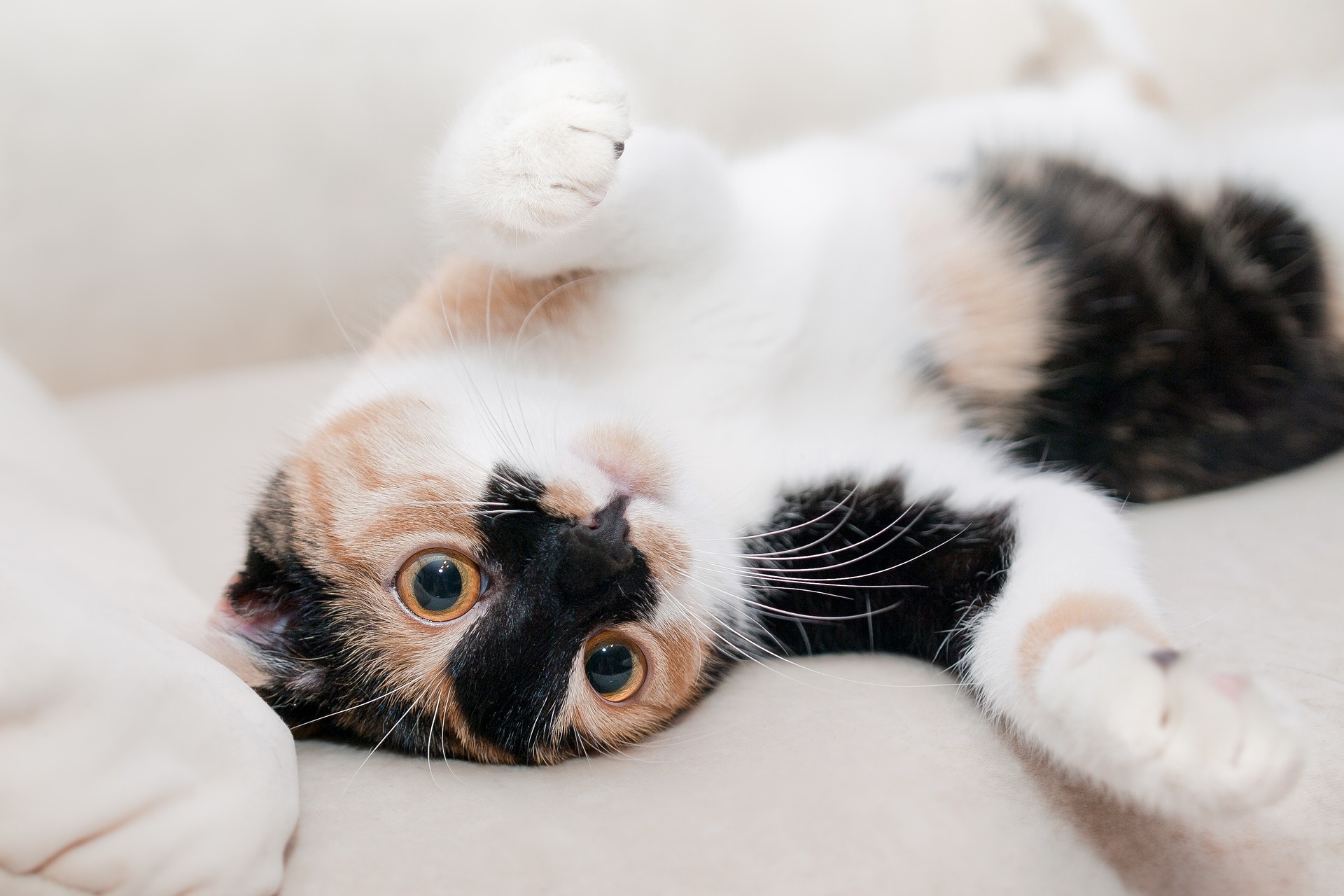
03 Oct How to Tell if Your Cats Gums Are Healthy
Your cat’s gum health is a key component to her overall health and happiness. It is important to keep an eye on her oral hygiene and to be familiar with the most common signs of health or gum disease. By being aware of your cat’s gum health, you can avoid the painful, potentially life-threatening, and costly issues associated with gum disease in your cat. Animal Dental Care and Oral Surgery of Loveland would like to offer you some tips for assessing cat gum health:
Look for Signs and Symptoms of Gum Disease
Gum disease, or gingivitis, is a chronic inflammation of the gums. It is a condition that cannot improve on its own and will get worse over time if left untreated. Gum disease occurs in cats as a result of tartar, plaque and bacteria build-up where the teeth and gums meet. If left untreated, this leads to mouth pain, gum infections, and often tooth loss.
Symptoms of gum disease vary and can include:
- Bad breath
- Drooling
- Red, irritated gums
- Bleeding from the mouth
- Loss of appetite and difficulty eating
- Disinterest in normal grooming habits
- Loose teeth
- Tooth loss
- Facial swelling
Pale gums can also signal dehydration or other health issues in your cat. If you notice that your cat’s gums are pale in color, check for dehydration by pressing on her gums—if she will let you! If color doesn’t quickly return to the gum where you pressed on them, there is a good chance your cat is dehydrated or has another health issue, and should see a vet right away.
How to Prevent Gum Disease
Keeping your cat’s gums and teeth clean is the best way to tackle the issue of gum disease. Cats should have their teeth and gums professionally cleaned by a vet at least twice a year. The vet will usually take X-rays and remove any loose or diseased teeth. Keep healthy habits at home by trying various at-home dental care techniques with your cat. Many cats are resistant to at-home dental care, so it is important to research options and give them a try. You can try a daily brushing routine with your cat, or use tooth and gum wipes specifically designed for cat oral health. Keep her hydrated for a healthy mouth by introducing a water fountain that keeps her water moving and clean. Add an ice cube to her water bowl regularly to create more interest in drinking, and consider a prescription antiseptic water additive designed for her oral health. Try introducing chew snacks that are designed for cutting down on plaque and tartar build-up.
What to Do if You Suspect Gum Disease
If you suspect your cat’s gums are already severely affected by gum disease, make sure to seek medical attention as soon as possible. If left untreated, gum disease can progress into a condition called stomatitis. When stomatitis occurs, the mouth breaks out in painful sores, often requiring the removal of all teeth.
In case you can’t tell, we are passionate about cat gum health. Learning to recognize the signs and symptoms of gum disease, keeping an eye on your cat’s gum health, scheduling regular cleanings at Animal Dental Care and Oral Surgery of Loveland, and introducing regular at-home dental care practices, go a long way in keeping your cat healthy and happy for her entire lifetime.

